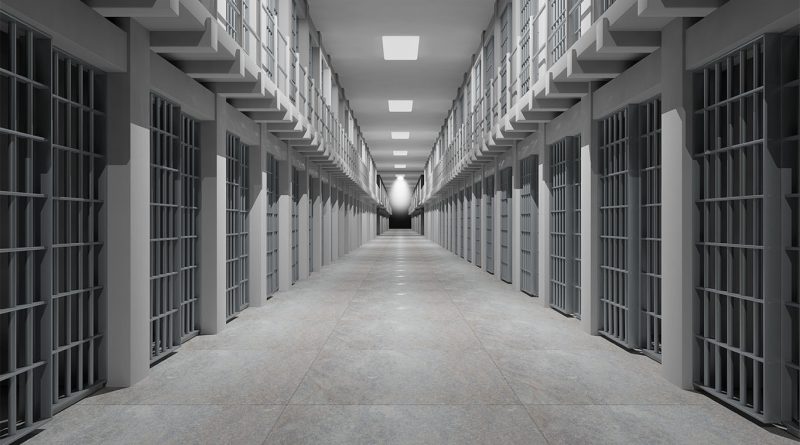Locked in Costs: How U.S. States are Spending Billions on New Prisons
The Surge in Prison Construction Investments in the U.S.
In the shadow of economic challenges and social upheavals, a surprising trend has emerged across various states in the United States: the allocation of substantial funds towards the construction of new prisons. Notably, Alabama is in the process of building a record-breaking $1.08 billion prison. This move is not isolated, as states like Nebraska and Georgia follow suit, earmarking $350 million and $1.69 billion, respectively, for similar projects.
The rationale behind these mammoth investments spans from addressing overcrowding and poor sanitary conditions to enhancing mental health resources in existing prisons. Alabama Governor Kay Ivey emphasized the critical importance of these new facilities for public safety and the state’s overall criminal justice system. However, this surge in prison investment raises crucial questions about its effectiveness and the broader implications for society, the economy, and the criminal justice system.
The Economics of Incarceration: A Financial Burden
The financial implications of these prison constructions are profound. While proponents argue for their necessity, the costs are staggering. For instance, the average cost of incarcerating an individual in the U.S. is approximately $35,663 annually. This figure does not merely reflect the cost of maintaining the physical infrastructure but also encompasses the broader economic impact on state budgets and taxpayer money.
Moreover, these investments in new prisons might be diverting funds from other critical areas such as education, healthcare, and social services. This allocation of resources raises concerns about the long-term economic sustainability and priorities of the states involved.
Incarceration Rates and Public Safety: An Ineffective Strategy?
The United States holds the dubious distinction of having the highest incarcerated population in the world, with over 2.4 million people in various types of confinement. Despite this, there is a growing body of research suggesting that incarceration may not effectively improve public safety, particularly for nonviolent offenders. Studies indicate that incarcerating chronic, violent offenders can benefit public safety, but the same does not hold true for nonviolent offenders, where increased imprisonment leads to negative returns.
This mismatch between the goals of public safety and the outcomes of mass incarceration prompts a reevaluation of the approach towards crime and punishment in the U.S.
Social and Racial Implications: A Deeper Look
The social and racial implications of these prison investments are significant. The U.S. correctional system disproportionately affects people of color and the economically disadvantaged. For example, in Alabama, 1 out of 4 children, in one of the poorest states, struggle with food insecurity, yet the state is willing to invest a billion dollars in a prison.
This disparity points to deeper systemic issues within the criminal justice system, where incarceration becomes a default solution to social problems, exacerbating inequalities and neglecting the root causes of crime.
Alternatives to Prison Expansion: Seeking Effective Solutions
Amidst the criticism of prison expansion, there are calls for alternative solutions. Advocates suggest reforms aimed at reducing the number of people incarcerated for minor infractions and improving rehabilitation and processing times for inmates. These alternatives focus on addressing the underlying causes of crime, such as poverty, lack of education, and mental health issues, rather than solely relying on incarceration.
Successful models from other countries, which emphasize rehabilitation and social reintegration over punitive measures, provide valuable insights into more effective and humane approaches to criminal justice.
Rethinking Prison Investments for a Better Future
The trend of investing billions in prison construction in the United States raises significant concerns regarding its efficacy, economic viability, and social impact. While the need to address issues in the current prison system is undeniable, the approach must be comprehensive, considering the long-term implications on public safety, social equality, and economic sustainability.
A shift towards more humane and effective criminal justice strategies, focusing on rehabilitation and addressing root causes, could prove to be a more beneficial and sustainable path for the future.
